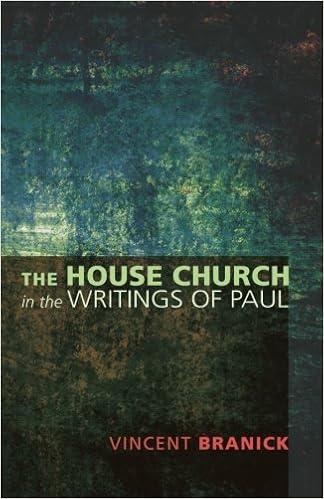This very short book does a great job of summarizing what we can know about house church in the first century with what little information we have--from Roman society, from the New Testament, and from archaeology, and of course more especially from the writings of Paul.
We see not only how the house church came to be (Branick views time in the synagogues as being minimal and not very successful--something I think he pushes a bit too much, since there are plenty examples of the success in the synagogue, and since Paul and other Christians continued to go there when possible) but how it flourished and finally why it ceased to be. We also see how it worked when it did exist.
Branick explores the social context: the way that rich often hosted and how that set up a power dynamic in the church, how various house churches were networked together, and how churches might manage larger meetings. He discusses the major house churches we know of as discussed in scriptures.
The house church's demise seems to be related to the growth of the church and to the desire for more central authority among the elders in the church. As churches outgrew homes, homes were often turned outright into churches. Likewise, as pastors and elders tried to assert more authority, the idea of meeting in homes, which were thus to some extent under the control of the host--the owner of the home--house churches became even outright banned. As such, the contemporary Catholic church as we know it began to come into being.
Subscribe to:
Post Comments (Atom)







1 comment:
Thanks for tthis
Post a Comment